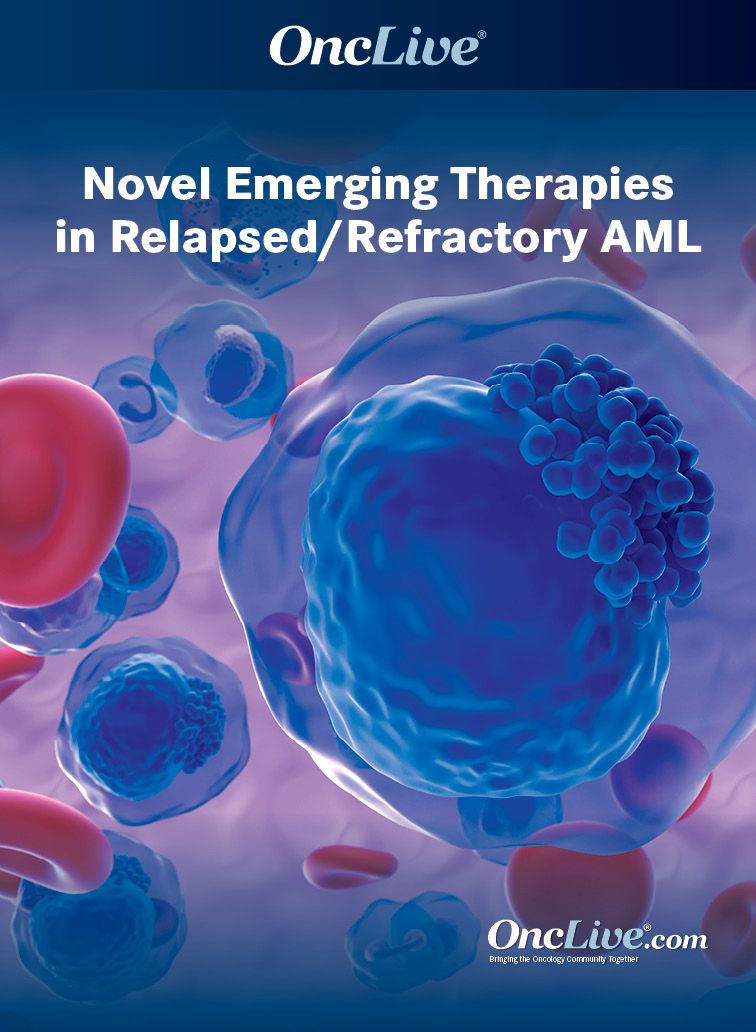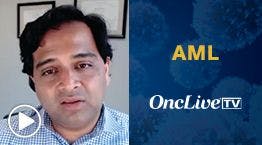Commentary
Video
Supplements and Featured Publications
Dr Carraway on Currently Available Treatment Options for AML
Author(s):
Hetty E. Carraway, MD, MBA, discusses current treatment strategies available for patients with acute myeloid leukemia.
Hetty E. Carraway, MD, MBA, staff associate professor, Department of Medicine, School of Medicine, Cleveland Clinic Lerner College of Medicine of Case Western Reserve University; member, Immune Oncology Program, Case Comprehensive Cancer Center; vice chair, Strategy and Enterprise Development, Taussig Cancer Institute, Division of Hematologic Oncology and Blood Disorders, Cleveland Clinic, discusses treatment strategies available for patients with acute myeloid leukemia (AML).
Carraway begins by highlighting key takeaways from a recent OncLive Scientific Interchange and Workshop, which focused on advances in the long-term management of AML, including treatment strategies for patients with newly diagnosed and relapsed/refractory disease. One of the primary points emphasized during the meeting was the necessity of genomic next-generation sequencing for all newly diagnosed patients with AML, as well as patients with relapsed AML, she explains. This comprehensive genomic testing is crucial for understanding the genetic landscape and tailoring personalized treatment plans, Carraway says.
Additionally, she stresses the importance of cytogenetic testing, including comprehensive cytogenetics at the time of diagnosis. This testing helps identify the risk categories of patients, allowing for the early identification of those with favorable-risk profiles, so that curative-intent therapies can be optimized for these patients. Carraway adds that the importance of identifying patients who are eligible for intensive chemotherapy vs those who are not was also discussed. Intensive chemotherapy typically involves high-dose treatments administered in a hospital setting, and determining patient eligibility for such rigorous treatment is vital, Carraway emphasizes. Carraway elucidates that she uses several available tools to assess whether patients are fit for intensive chemotherapy, aiming to ensure that each patient receives the most appropriate and effective treatment.
In summary, the meeting underscored the critical role of comprehensive genomic and cytogenetic testing in diagnosing and stratifying patients with AML, she expands. By identifying favorable-risk patients early, optimizing curative therapies, and accurately assessing chemotherapy eligibility, it is possible to improve treatment outcomes and provide more personalized care for patients, Carraway concludes.



































%20(2)%201-Recovered-Recovered-Recovered-Recovered-Recovered-Recovered-Recovered-Recovered-Recovered-Recovered-Recovered-Recovered-Recovered-Recovered-Recovered-Recovered-Recovered.jpg?fit=crop&auto=format)
%20(2)%201-Recovered-Recovered-Recovered-Recovered-Recovered-Recovered-Recovered-Recovered-Recovered-Recovered-Recovered-Recovered-Recovered-Recovered-Recovered-Recovered-Recovered.jpg?fit=crop&auto=format)